1. All-Gray Interiors
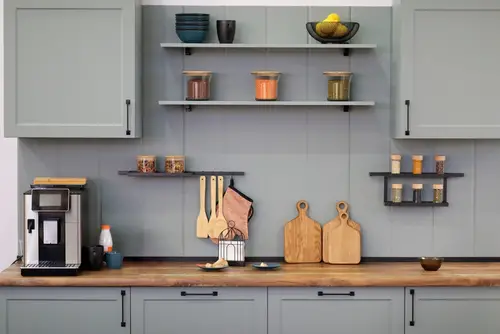
Gray walls and flooring had their heyday in the 2010s, but they’re already starting to feel dated. The problem is that gray can make a home feel cold and uninviting when trends shift toward warmer, cozier palettes. In a decade, that sleek gray-on-gray look often reads more like an office cubicle than a living space. Homeowners who want to resell may find buyers calling the place “depressing” rather than “modern.”
A big reason gray ages poorly is because it relies on a very narrow range of tones. Once design magazines and Instagram feeds move on, the house looks locked in time. Unlike classic neutrals like white or beige, gray doesn’t adapt as well to changing accents. The result is a home that screams its era instead of evolving with it.
2. Open Shelving in Kitchens
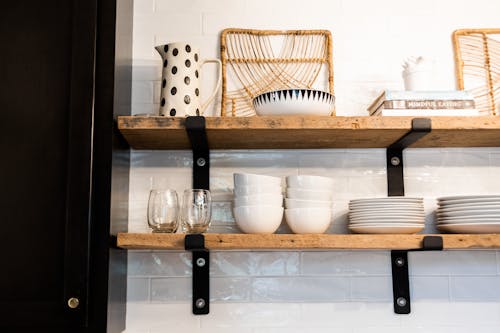
Open shelving feels stylish and airy in photos, but it’s not very practical in real life. Every plate, mug, and spice jar becomes part of the decor, and unless you’re a minimalist who dusts constantly, things start to look messy fast. That’s not even mentioning grease buildup in busy kitchens, which can make shelves grimy in months. What looks fresh today often feels chaotic after years of daily use.
The fad ages badly because homeowners eventually crave storage that hides the clutter. Ten years down the line, buyers are more likely to see open shelving as a headache rather than a perk. Unlike cabinets, shelves can’t be repainted or refaced to feel new again—they often have to be removed entirely. That makes the house look frozen in a short-lived design phase.
3. Sliding Barn Doors
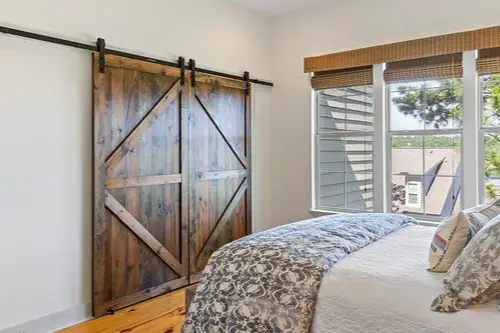
Barn doors exploded in popularity thanks to farmhouse chic, but they don’t always stand the test of time. In smaller homes, they can dominate a room and feel bulky, while their rustic style doesn’t suit most architectural contexts. They also aren’t great at blocking noise or providing privacy, especially compared to traditional doors. Over time, the track hardware can also squeak or wobble, making them less functional.
The fad ages poorly because it’s tied to a very specific aesthetic. While classic interior doors have been around forever, barn doors were a boom trend linked to one TV-driven style moment. In a decade, what once felt “country cozy” can start to feel kitschy or mismatched. Buyers looking for a timeless home often see them as something they’ll immediately want to replace.
4. Vessel Sinks
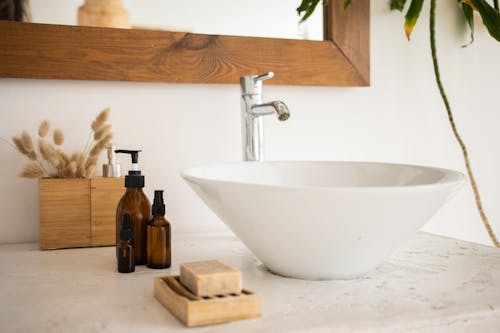
Vessel sinks—those bowl-like basins that sit on top of counters—made bathrooms feel boutique-hotel chic for a while. But they’re not very functional, since they tend to splash water everywhere and require more cleaning around the base. They also take up counter space, making small bathrooms feel cramped. That cool design statement often turns into a daily frustration.
They age poorly because they emphasize form over function. Trends that sacrifice usability rarely stick around once people actually live with them. In ten years, most buyers won’t be impressed—they’ll see vessel sinks as impractical relics of the late 2010s. Classic under-mount or integrated sinks are more adaptable and tend to keep a bathroom looking current.
5. Overly Themed “Farmhouse” Everything

The farmhouse aesthetic went from charming to overdone in just a few years. Shiplap walls, distressed wood signs, and faux-rustic fixtures can make a space feel more like a set than a home. When every house in a neighborhood sports the same look, it stops feeling unique and starts feeling dated. What was once trendy can quickly slide into cliché.
This ages badly because trends tied to heavy theming rarely sustain long-term appeal. Just like the Tuscan kitchens of the early 2000s, farmhouse-heavy design often ends up looking stuck in its decade. Buyers in 10 years may see it as “that old farmhouse look” and mentally add renovation costs. Subtle rustic touches tend to last longer than a whole-home theme.
6. Statement Range Hoods

Oversized range hoods clad in brass, marble, or reclaimed wood were a big trend in luxury kitchens. They make a bold statement, but also lock the kitchen into a very specific style era. In smaller kitchens, they overwhelm the space, turning what should be a functional feature into a visual distraction. They’re also expensive to replace when tastes change.
This fad ages poorly because what feels dramatic now can feel gaudy later. Unlike neutral cabinetry or simple stainless hoods, statement hoods aren’t easily updated. In ten years, homeowners may be left with a massive focal point that doesn’t fit the next wave of design. It ends up being a renovation project waiting to happen.
7. Accent Walls with Bold Colors or Wallpaper
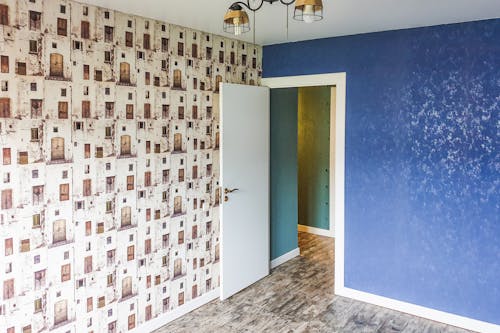
Accent walls were a quick way to add personality without committing to a full-room makeover. But trends in bold colors and patterns shift rapidly, and what feels fresh today can feel garish tomorrow. Wallpaper in particular can be expensive and time-consuming to remove once it’s out of style. Buyers often see them as extra work instead of an asset.
They age poorly because they’re high-impact design choices tied to short-lived trends. Ten years from now, that dark navy wall or geometric wallpaper will probably scream its decade. Unlike subtle paint updates, bold accent walls are harder to ignore. They end up being more of a liability than a selling point.
8. Glass Block Windows
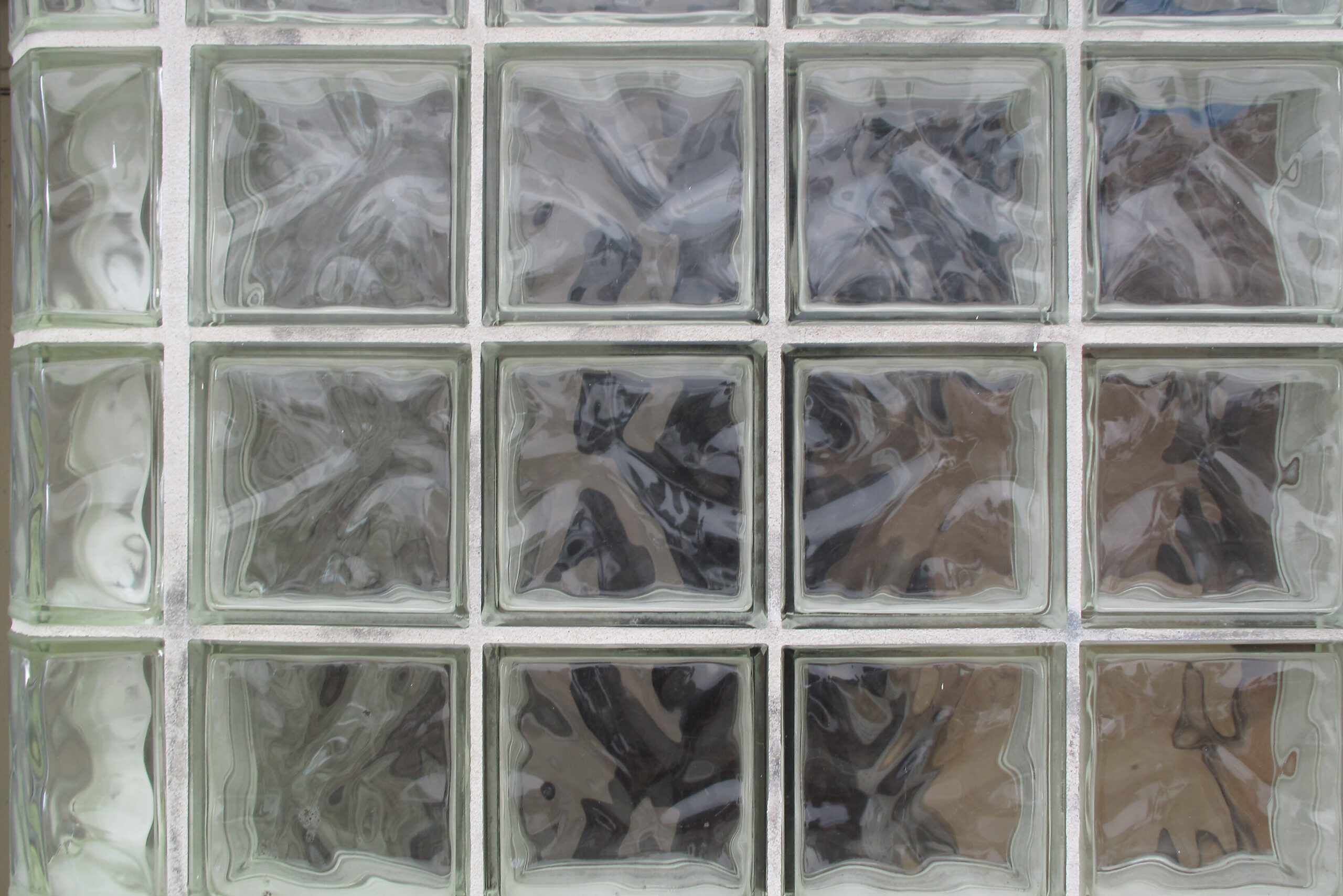
Glass block windows had a resurgence in modern builds as a way to let in light while maintaining privacy. But their chunky, industrial look tends to feel dated quickly. Unlike sleek modern glazing, they can make a space look like a gym locker room or 1980s bathroom. Once they fall out of favor, they’re hard to disguise or update.
This ages badly because architectural details that are so visually distinct tend to pin a house to a specific time. Removing or replacing glass blocks isn’t as simple as repainting a wall—it’s a full remodel. Ten years down the road, homeowners may regret not going with classic frosted or textured glass instead. Timeless windows age far more gracefully.
9. Over-Sized Bathtubs
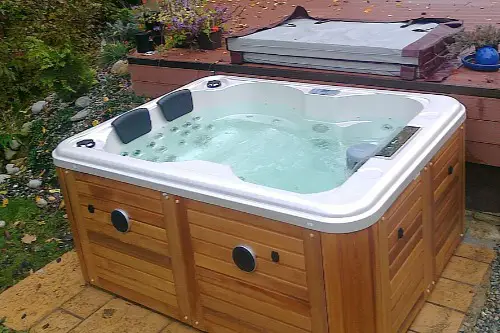
Those massive soaking tubs or jacuzzi-style baths take up a ton of space and often go unused. They might feel like a luxury feature when installed, but most homeowners realize they’re impractical for everyday life. They’re hard to clean, use a huge amount of water, and in smaller bathrooms, they can crowd out more functional features. Over time, they shift from “dream bathroom” to “maintenance nightmare.”
They age poorly because lifestyle needs change, but giant tubs rarely adapt. Buyers a decade later may see them as wasted square footage rather than a perk. Walk-in showers tend to feel fresher and more practical as years go on. That means big tubs quickly mark a house as part of a passing trend.
10. Faux-Stone Facades

Many suburban homes used manufactured stone veneer to add “curb appeal” in the 2000s and 2010s. While cheaper than real stone, it often weathers badly, with seams or fading that reveal its artificial nature. It can also trap moisture if poorly installed, leading to long-term structural issues. What looked upscale at first can turn shabby after a few seasons of wear.
This ages poorly because quality is hard to fake. Unlike real stone, veneer tends to show its age fast and doesn’t patina gracefully. In 10 years, many houses with faux-stone exteriors look like they’re trying too hard. Buyers often see it as a cosmetic fix they’ll eventually need to rip out.
11. Too Much Built-In Tech

Smart home features like built-in speakers, touchscreens, and control panels feel futuristic when installed. But tech moves fast, and in just a decade, many of these systems are outdated or incompatible with newer devices. Instead of being a luxury, they turn into clunky reminders of “old” technology. What once felt like a selling point can quickly feel like an eyesore.
They age poorly because technology ages faster than architecture. Unlike lighting or cabinetry, built-in tech can’t just be painted or refreshed—it often requires expensive updates or replacements. Buyers don’t want to inherit obsolete systems they’ll need to tear out. That’s why houses with too much built-in tech often look stuck in the past.
12. Ultra-Minimalist Exteriors
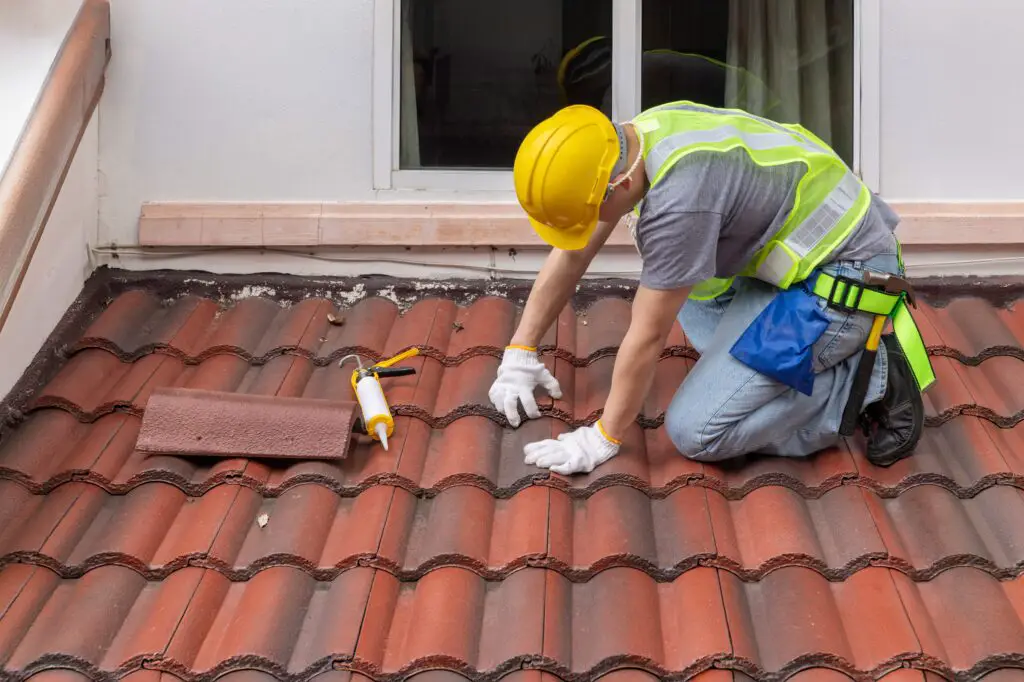
Flat-roof, boxy homes with little ornamentation were all the rage in certain markets. While they can look sleek when brand-new, they often weather poorly, showing dirt, cracks, and wear more noticeably. Without classic design details, they lack the flexibility to evolve with future tastes. What once looked cutting-edge can read as sterile or unfinished later on.
They age poorly because minimalism, when done to extremes, doesn’t leave room for timelessness. In a decade, these homes may feel less “modern” and more “dated modern.” Buyers tend to gravitate toward houses with at least some enduring architectural character. That makes ultra-minimalist exteriors risky in terms of long-term appeal.
This post 12 Architectural Fads That Signal a House Will Age Badly in 10 Years was first published on Greenhouse Black.
